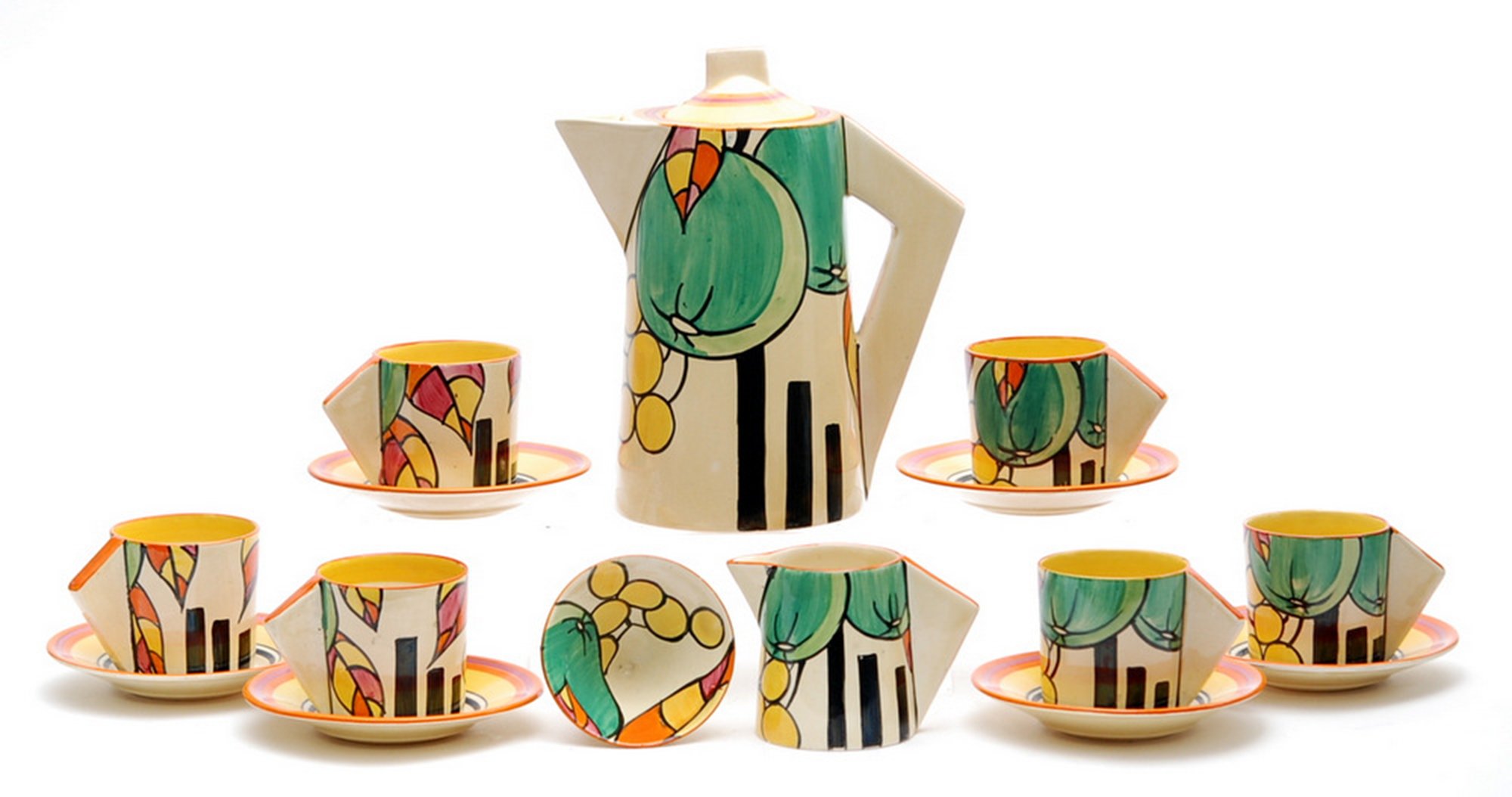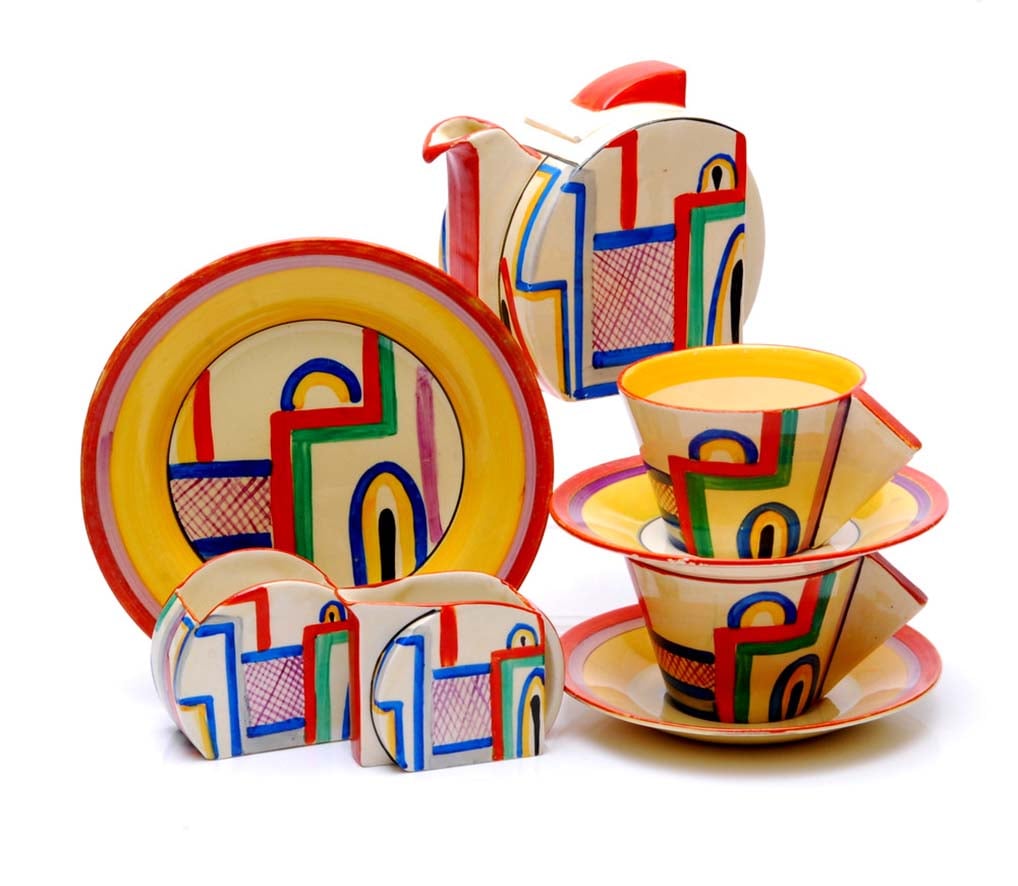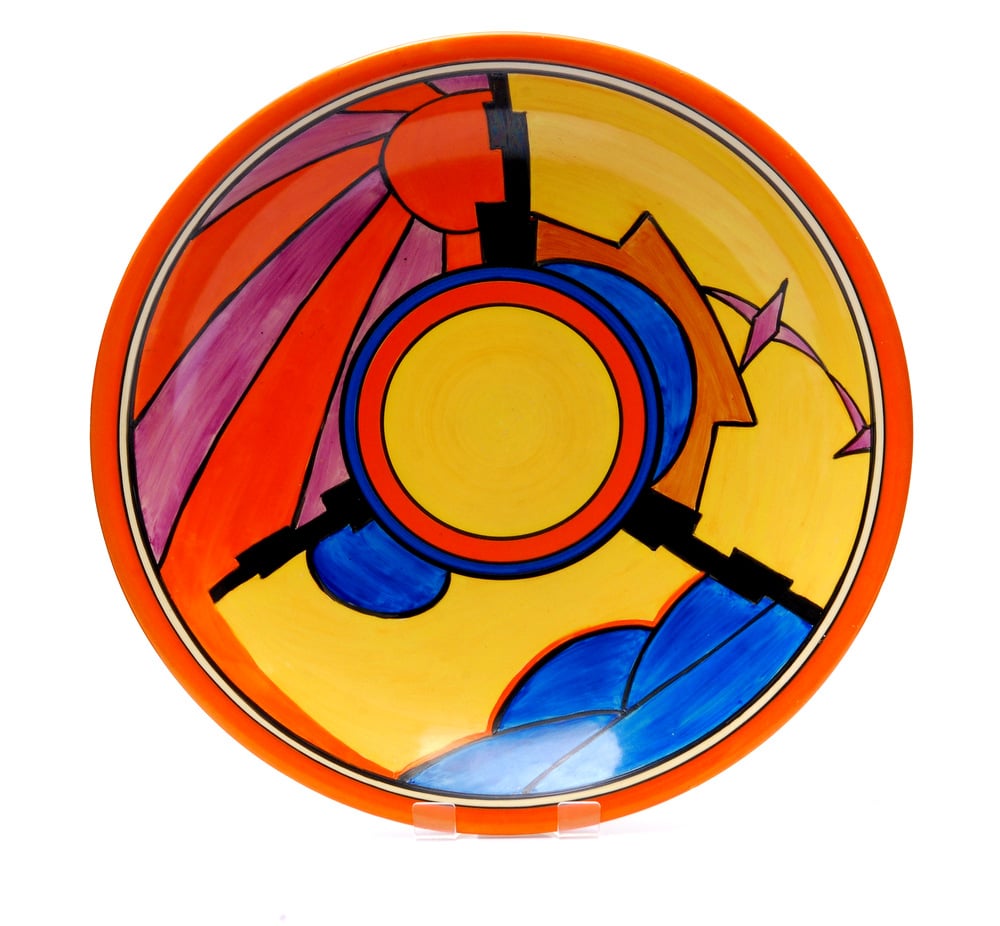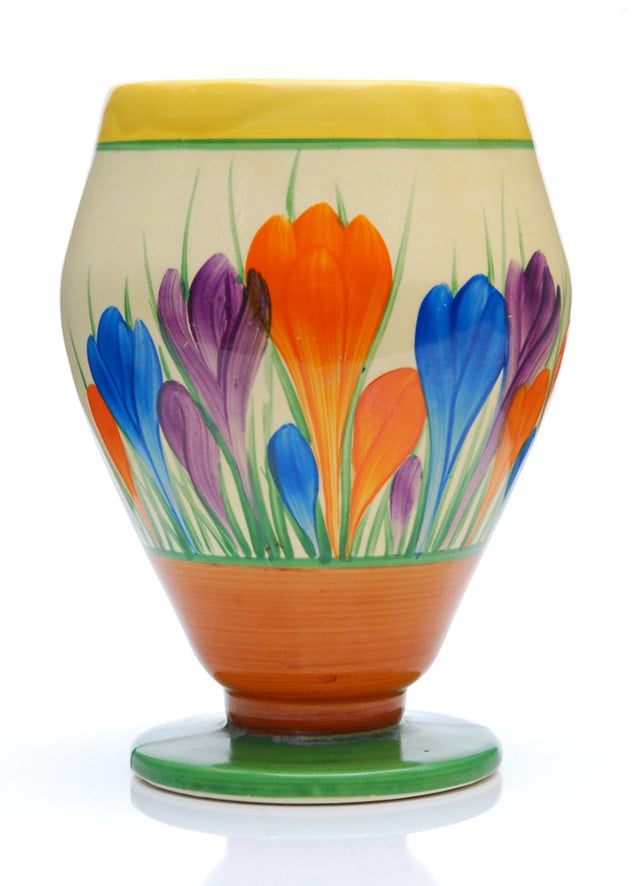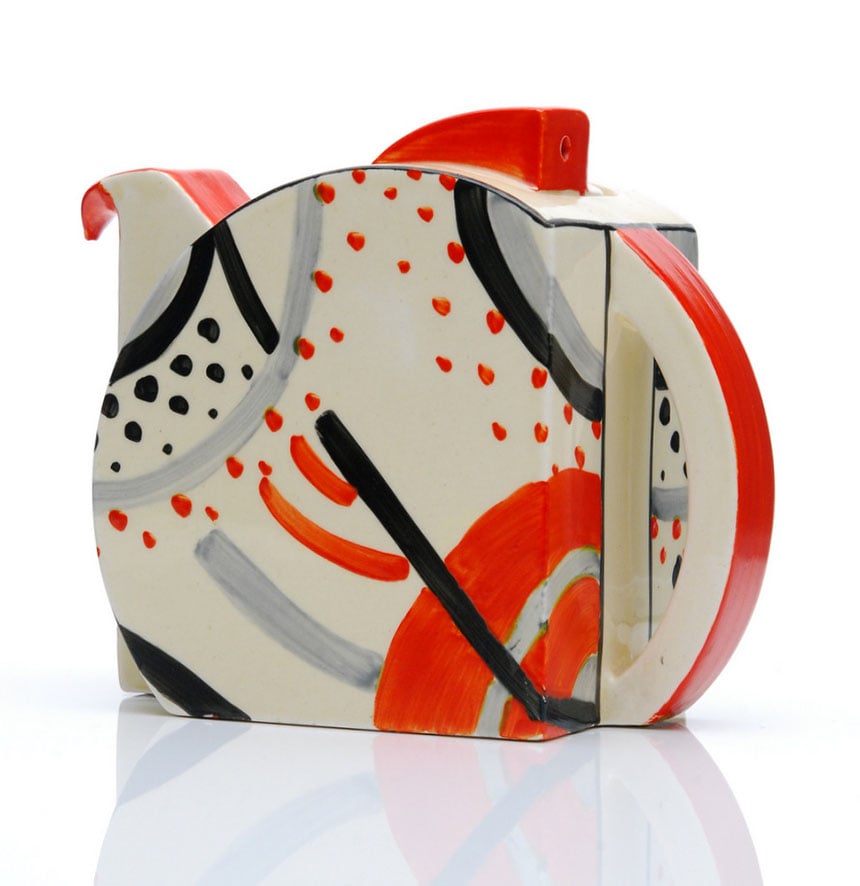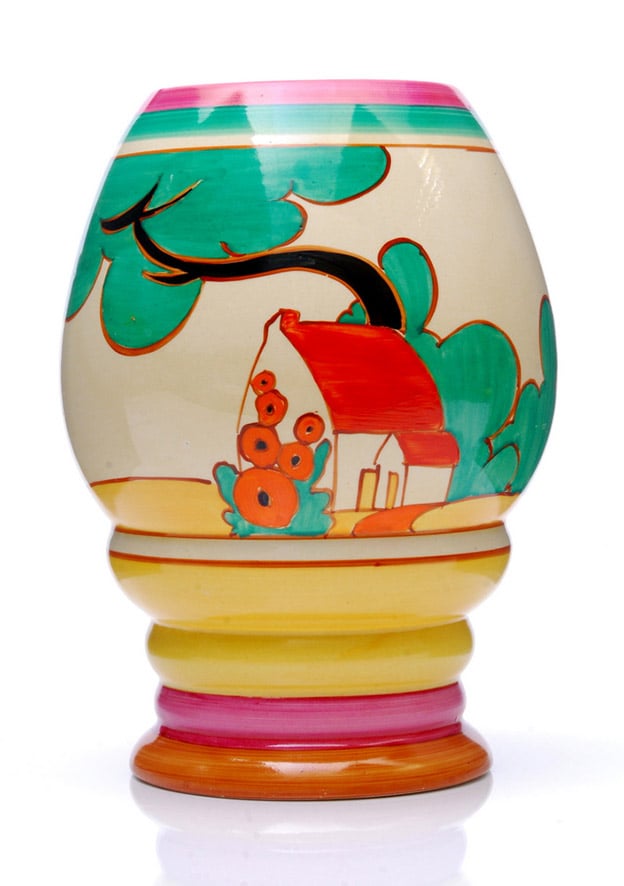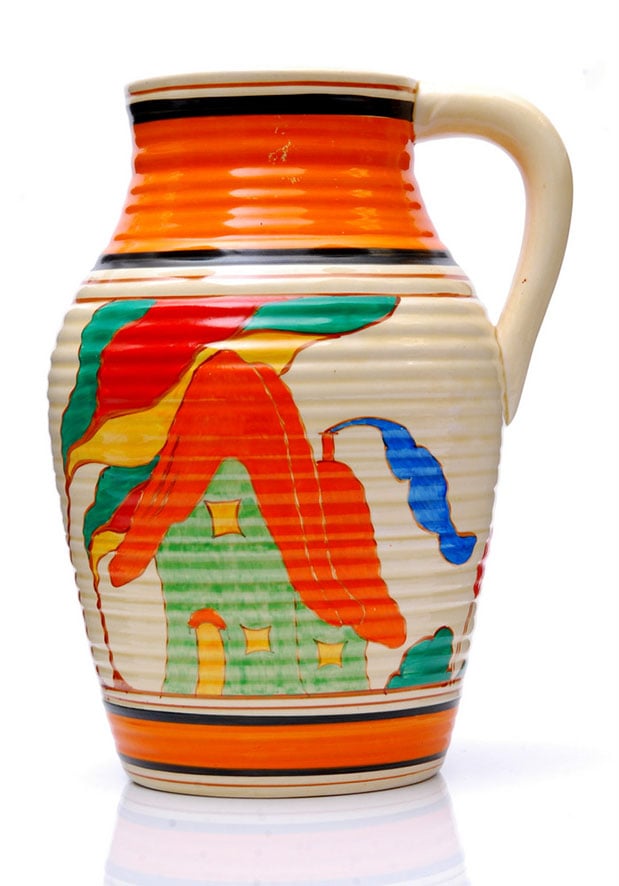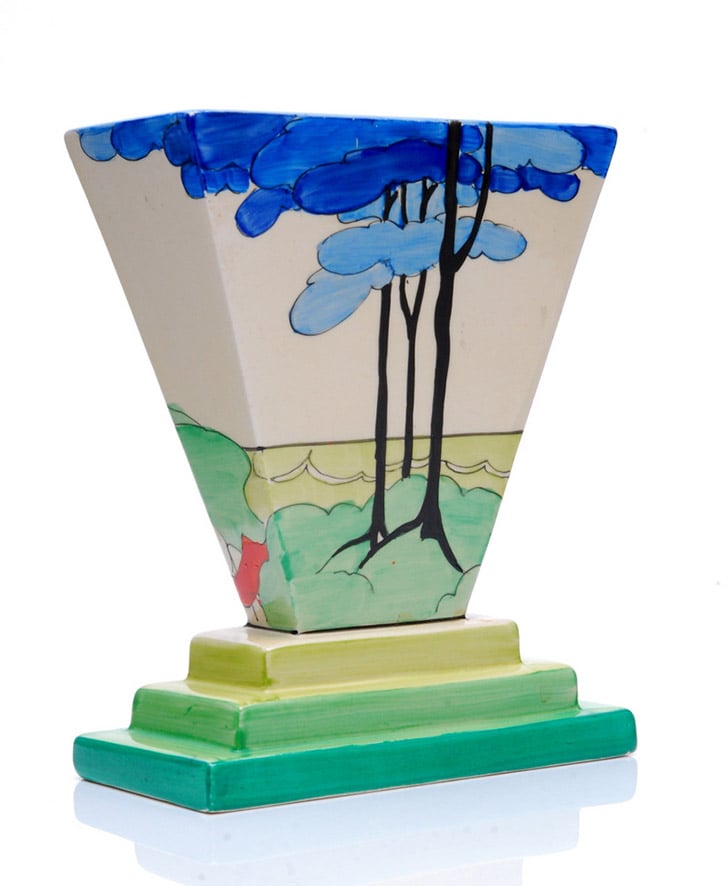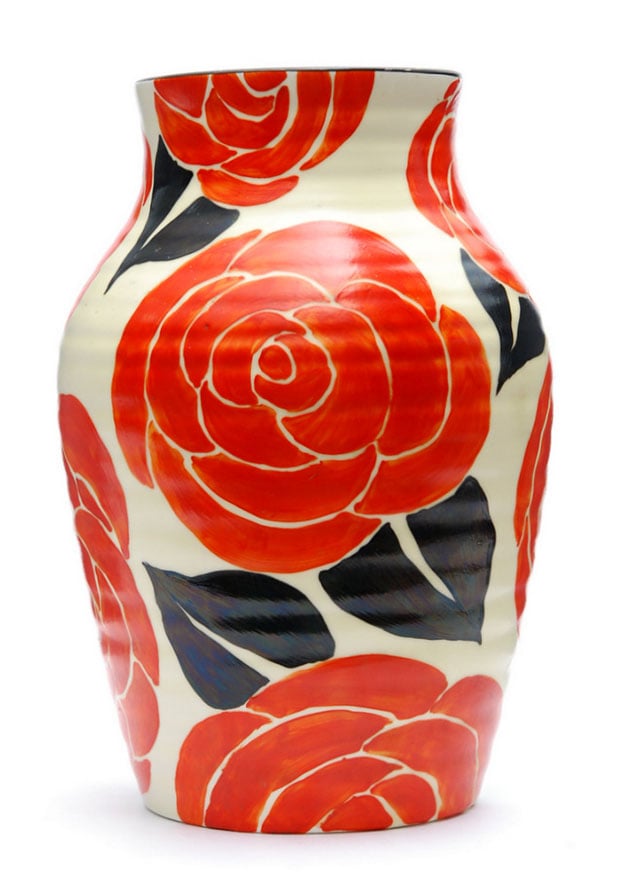Clarice Cliff
20th century ceramic designer known for her colourful designs
From teenage factory girl to one of the most recognised ceramic designers of the 20th century, the success story of Clarice Cliff (1899 to 1972) is rooted in the heart of the Potteries in Stoke-on-Trent.
Her vibrant, colourful plates, jugs, teapots and figures – with their dynamic patterns and fusion of art and practicality – transformed homeware in the interwar years, bringing modernity to the kitchen table.
Cliff's 'revolutionary' designs have also come to epitomise the spirit of Art Deco. Her work is displayed in museums and galleries worldwide, commands legions of fans, and is much sought after by collectors.
Clarice has been honoured with a blue plaque at 20 Snow Hill. It reflects her life as both a successful designer and art director, and the joy her creativity has brought so many people for decades.
Plaque erected in: 2024
Category: Design (Pottery)
Location: 20 Snow Hill, Stoke-on-Trent, Staffordshire, ST1 4LT
Early career
Born into a working-class family in 1899 in Tunstall, Clarice left school at 13 and started working for a local pottery firm, like many girls her age.
However, unlike most of her contemporaries, Clarice moved to different jobs and pottery firms, developing a wide range of artistic and design skills. By 1918, she moved to A. J. Wilkinson's Royal Staffordshire Pottery in Middleport, Burslem, where she stayed for the rest of her career.
She started experimenting with colour and pattern and produced her 'Bizarre' range, featuring hand-painted colours and shapes of startling boldness and originality. These were first shown to the trade in 1927, quickly becoming bestsellers, and by the summer of 1928, they were being marketed under Clarice Cliff's own name.
Bringing design to the dinner table
Clarice Cliff launched 'Bizarre' when she was still in her 20s. Bored by the drab and ugly china she saw in the shops, Clarice decided to use bright colours and created experimental patterns. With its bright colours and abstract, hand-painted geometric forms, 'Bizarre' was an immediate commercial success.
Part of the success of Cliff’s wares was that they were modern yet practical, elegant yet inexpensive. They also caught perfectly the mood of the times, with the move towards individuality.
Women today want continual change, they will have colour and plenty of it. Colour seems to radiate happiness and the spirit of modern life and movement, and I cannot put too much of it into my designs to please women.
Gallery
Please click on the gallery images to enlarge.
In the following years, Cliff's studio at the Newport Pottery produced an almost unbelievable array of novel shapes and patterns in ranges with titles such as 'Fantasque' and 'Appliqué'. Many of her designs and shapes were highly modern and adventurous and influenced by art movements of the time, such as Cubism.
They included the highly popular shapes 'Conical', 'Stamford' and 'Bon Jour', while patterns included 'Crocus', 'Tennis', 'May Avenue', and 'Blue Firs'.
Rise to Factory Art Director
In 1931, Clarice was appointed Art Director at the innovative firm Wilkinson's in Burslem, where she had been working since 1918, developing her modelling and design skills.
Her rise to Art Director was a unique achievement for a woman in the Potteries at the time. At her peak, Clarice Cliff was hugely successful and frequently mentioned by the press both nationally and internationally – uncommon for any potter then, let alone a female potter from a working-class background.
The Second World War disrupted production and followed a move to more conservative ceramic designs, which brought a downward turn in Cliff's career. However, there was subsequently a huge revival of interest in her work, which has since come to epitomise the Art Deco era.
Today, Cliff's wares are enormously sought after. There is a dedicated Clarice Cliff Collectors Club, and collections regularly sell for thousands of pounds.
Her story is intrinsically linked with Stoke-on-Trent and the local potteries she grew up around. Sky Cinema recently immortalised it in a film called 'The Colour Room' (2021).
20 Snow Hill
At the height of her success, Cliff took on a first-floor flat at 20 Snow Hill, Stoke-on-Trent, a short distance from Newport Pottery.
Visitors recall the flat was colourfully decorated, with red wallpaper, Picasso-like pictures, antique furniture, hand-painted murals and Cliff's colourful pottery featured throughout.
The bathroom ceiling was covered with sheets of black and yellow paper. Clarice's bedroom was furnished in blue and pink, and all rooms featured her own colourful wares, including lamps, a dressing table set, ashtrays, and dinnerware sporting her initials.
The blue plaque erected at 20 Snow Hill reads 'CLARICE CLIFF, 1899–1972, Pottery Designer and Factory Art Director lived here', reflecting her life as both a successful designer and art director.
Gallery
Please click on the gallery images to enlarge.

